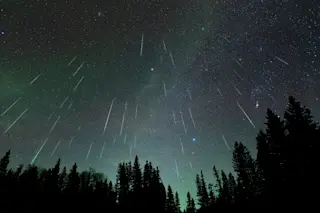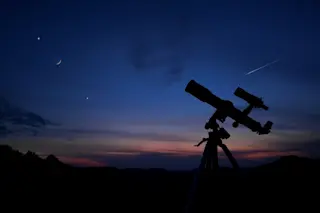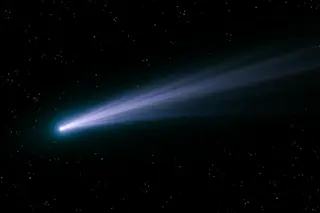(Wikimedia Commons) The astronomical spotlight will shine on the Western Hemisphere as September winds down. But this spotlight defies convention, because it is defined by its very lack of illumination. The event is what some people call a Black Moon — the second New Moon to occur in a calendar month. In this respect it mimics the Blue Moon, which typically refers to a second Full Moon in a month. But you can see a Full Moon. New Moon arrives when Earth’s lone natural satellite passes most directly between the Sun and our planet. Sunlight then falls solely on the far side of the Moon, so the hemisphere that faces Earth remains in complete darkness. The New Moon also crosses the sky with the Sun, so any hint of its presence gets washed away in the solar glare. New Moon officially takes place at 8:11 p.m. EDT on September 30. ...
What Is a Black Moon?
Witness the Black Moon September, the second New Moon occurrence of the month that captures the astronomical spotlight!
More on Discover
Stay Curious
SubscribeTo The Magazine
Save up to 40% off the cover price when you subscribe to Discover magazine.
Subscribe













